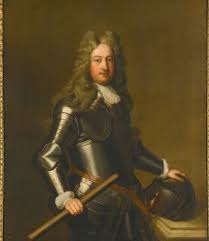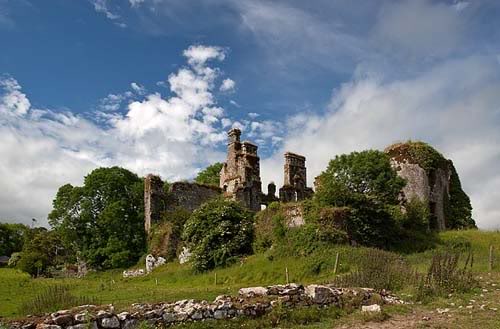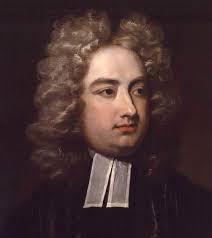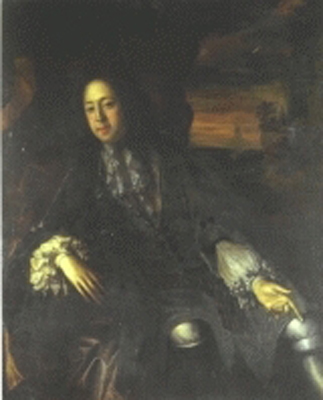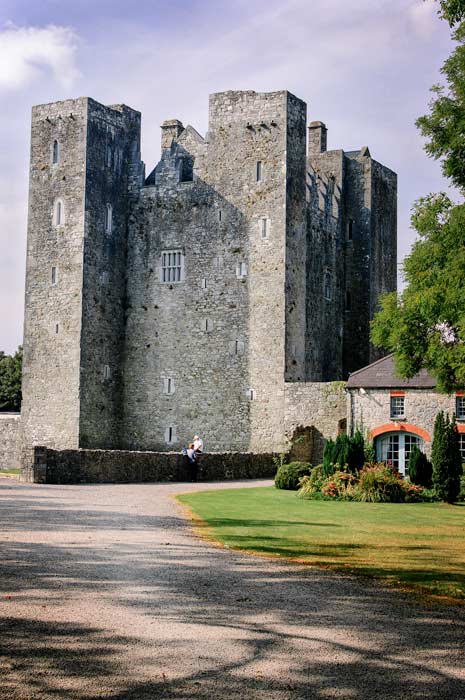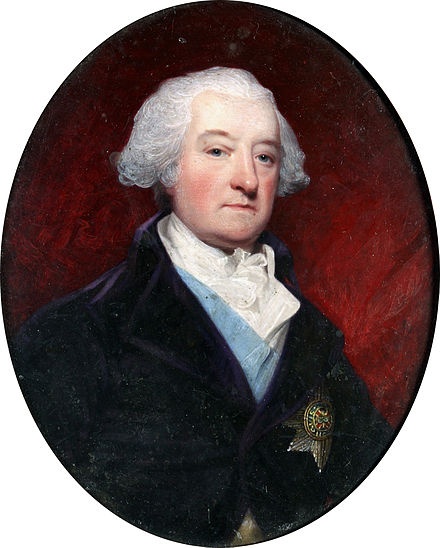This is one of a series of posts covering Pauline Roche’s (1835 -1894) marriage into the Barry family, and her daughter’s marriage into the related Smith-Barrys, and a look at where they all fit into both Irish, and British society. John Smith-Barry (1793-1837) was the grandfather of both Cecil Smith-Barry ( Pauline Barry[nee Roche]’s son in law, and also Arthur Smith-Barry, Lord Barrymore. In turn, John’s great-grandfather, James Barry, (1667-1748) was the 4th Earl of Barrymore.
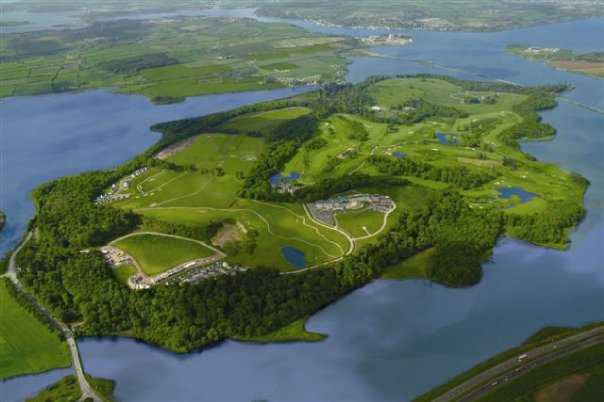
When John Smith Barry (1793-1837) died in 1837, his eldest son, yet another James Hugh,[like his grandfather, James Hugh Smith Barry (1748-1801)] inherited the family estates at Marbury, in Cheshire, and Fota Island in co. Cork. James Hugh,died in 1856, aged forty years old, and the estates were inherited by his thirteen year old son, Arthur Smith-Barry (1843-1925).
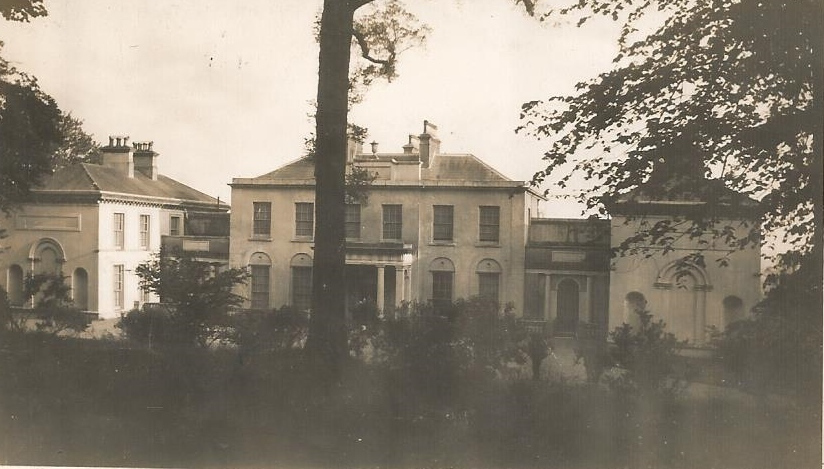
James Hugh Smith-Barry (1816-1856) inherited both Marbury Hall, and Fota House on the death of his father in 1837. His mother’s family,the Courtenays, owned Ballyedmond, in Midleton, co. Cork, which was inherited in turn by Eliza Courtenay’s brothers, George, and then John. John Courtenay, who appeared to be unmarried, left Ballyedmond to his nephew [and James Hugh’s youngest brother] Richard Smith-Barry in 1861. He, in turn, leaves it to his son Robert Courtenay Smith-Barry [Cecil Smith-Barry’s eldest brother], who, in turn, leaves it to his nephew Guy Forster/Smith-Barry on his death in 1930.
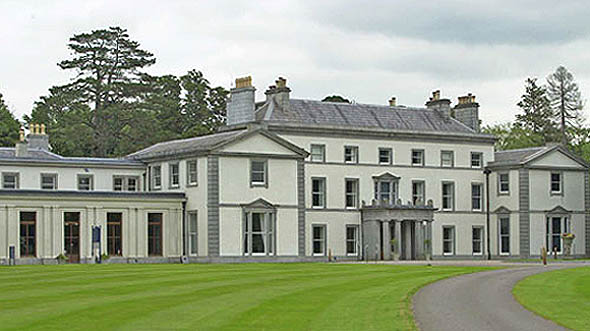
The gardens at Fota were begun in 1825 when John Barry-Smith, commissioned Richard Morrison and his son Vitruvius to transform an old hunting lodge into his principal Irish residence. The Morrisons were responsible for the ancillary buildings and probably also helped with the garden layout and demesne park, whose surrounding walls and plantations were largely created at this time. The spreading lawns and Walled Garden, with its rusticated piers and wrought-iron gates, belong to John Barry-Smith’s time.
James Hugh Smith Barry had the formal gardens at Fota House laid out, and was responsible for creating the famous arboretum in the 1840s. He constructed the Fernery and the Water Garden by reclaiming a large area of boggy ground, and the Orangery and Temple soon followed. James Hugh disliked the damp climate, however, and spent much of his time away from Ireland, but his son Arthur who became the first (and last) Lord Barrymore devoted himself to Fota; with the help of his gardener William Osbourne, he laid the basis of the famous collection of trees and shrubs that it now contains. Lord Barrymore’s work was continued by his son-in-law and daughter, Major and Honourable Mrs Dorothy Bell, who continued planting here until the late 1960s, adhering faithfully to old gardening traditions.

Around the same time that this work was being undertaken in Cork, he made the decision to carry out extensive changes to the buildings and parkland at Marbury. In the 1840s, using the services of Anthony Salvin as architect and James Nesfield as landscape gardener, the extended 18th century house was transformed in the style of a French chateau. Both Salvin and Nesfield were highly regarded nationally in their respective fields and were prolific in their work in England.
It was a slightly curious commission because Anthony Salvin seemed to specialise in re-modelling castles , and cathedrals. In 1835 he worked on Norwich Castle, the following year he repaired Newark Castle. and in 1845 In the early 1840s,he repaired Carisbrook , and Caernarvon Castles, and in the 1850’s, he restored the Salt, Wakefield, and the White Towers at the Tower of London,and the Chapel of St Peter ad Vincula. Following this he was instructed by Prince Albert to carry out work on Windsor Castle. In 1852 he also started work on the restoration of Alnwick Castle in Northumberland.
Salvin, also worked on Norwich, Durham, and Wells Cathedrals, and he also rebuilt the keep of Durham Castle for student accommodation, and worked on restoring Trinity College, Cambridge.
The re-modelling of Marbury cost £7,700 and housed his grandfather James Hugh Smith Barry (1748-1801)’s 1770’s valuable and grand collection. Marbury Hall apparently had elegant, spacious rooms, an impressive staircase and intricate plaster work, and according to the 1911 census return signed by Alice Knappett, the thirty eight year-old housekeeper, the house had 60 rooms. The house was demolished in 1968, and the grounds now form part of Marbury Country Park.
